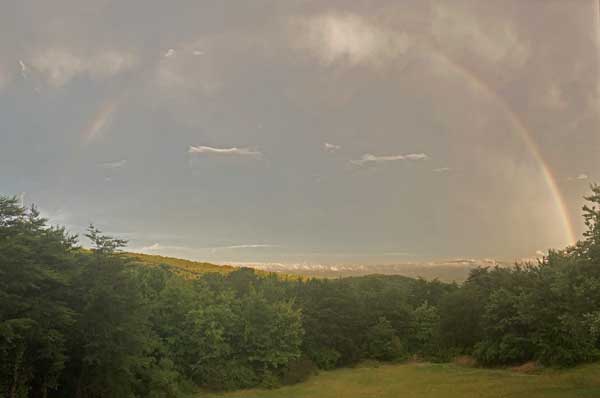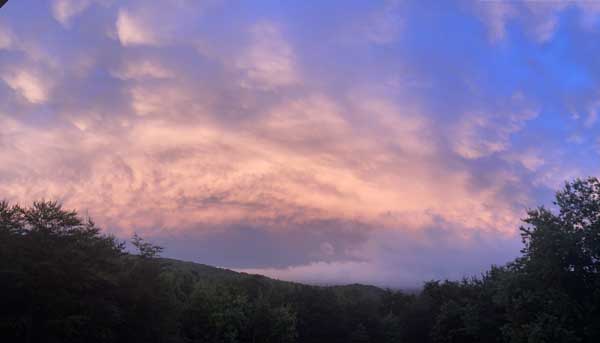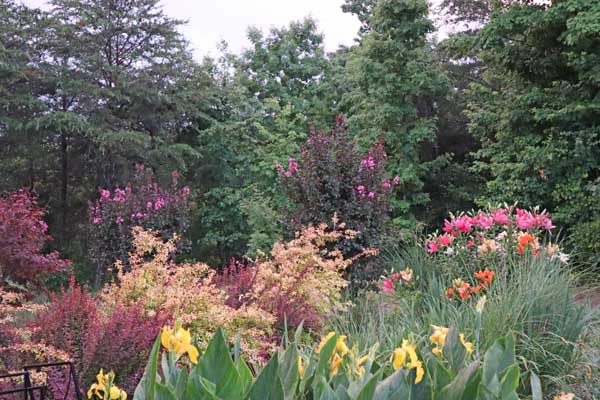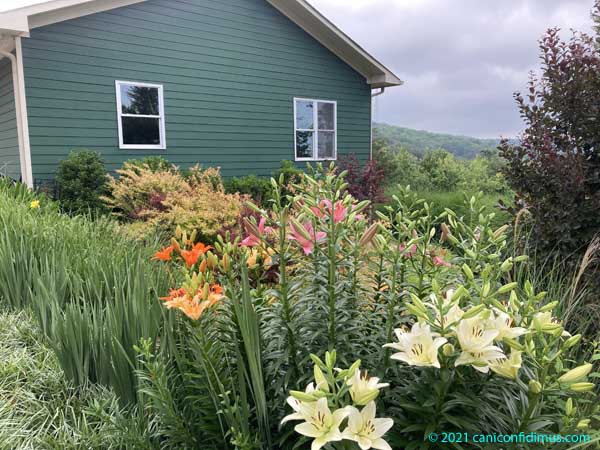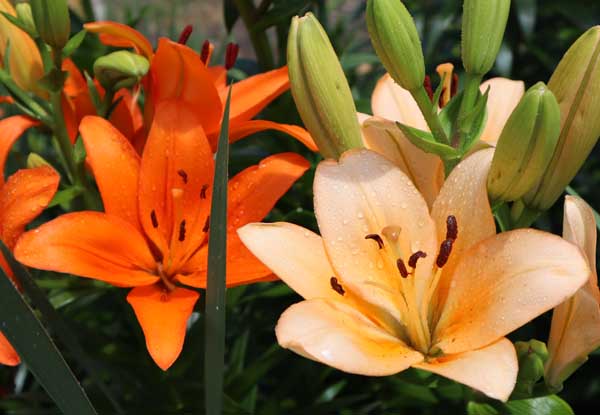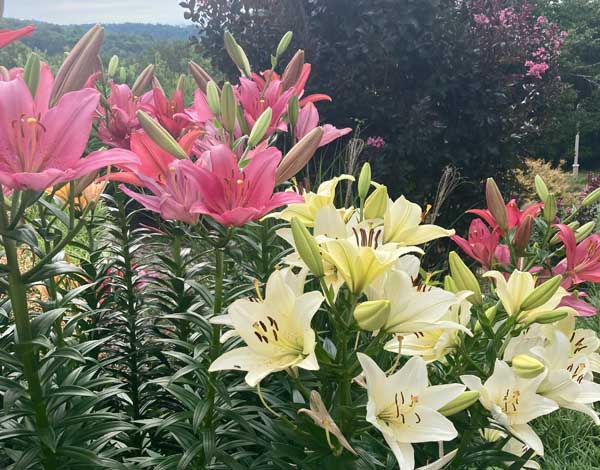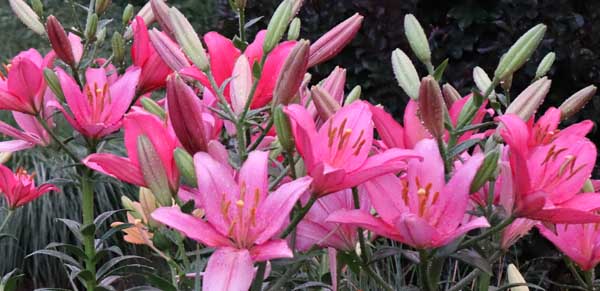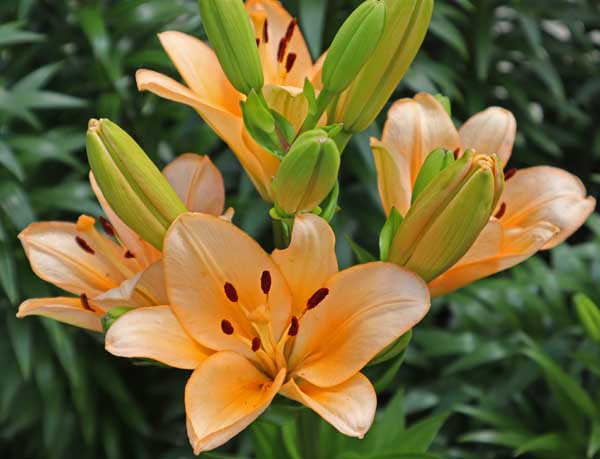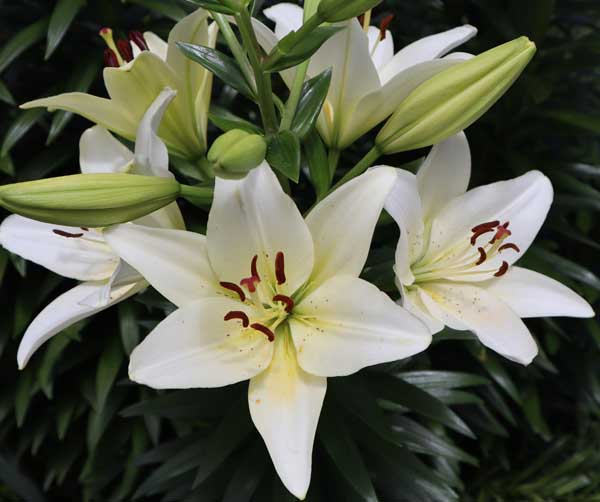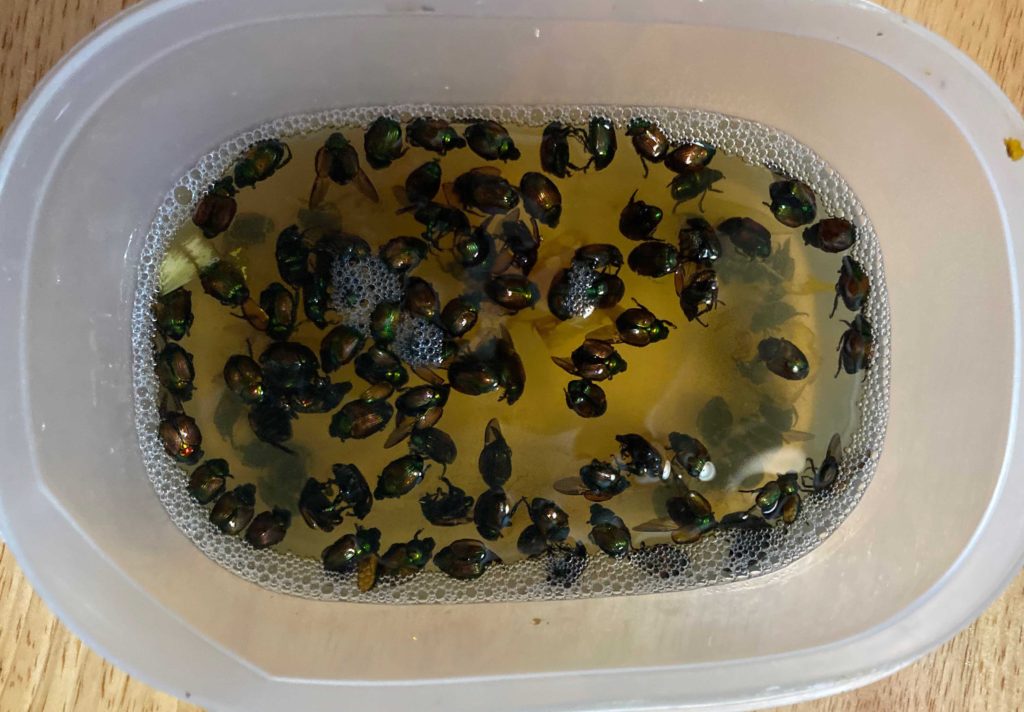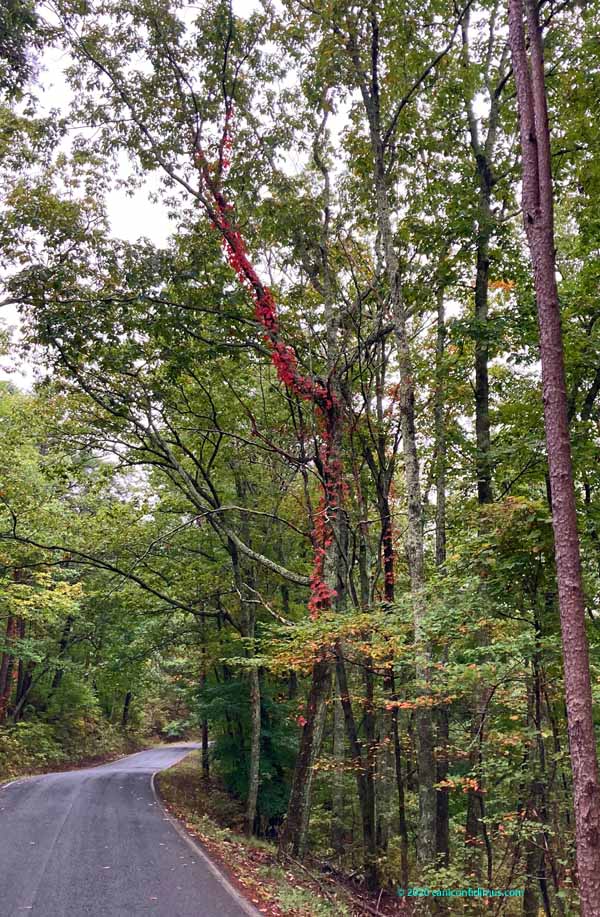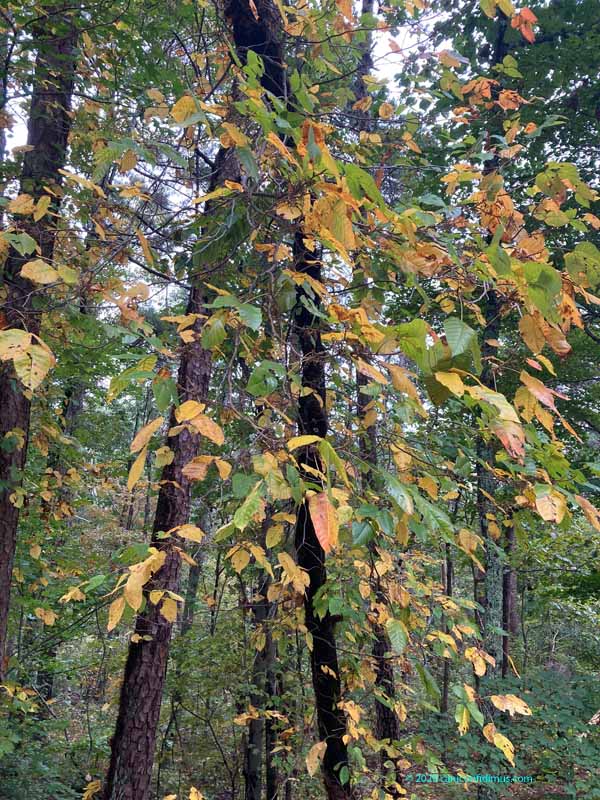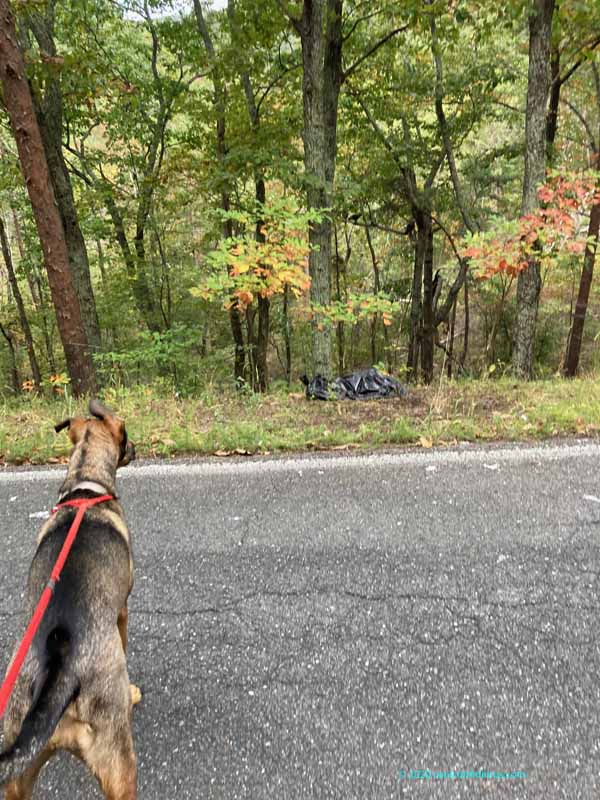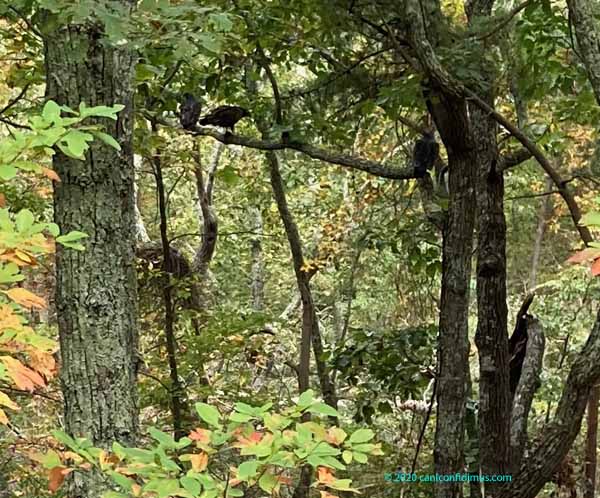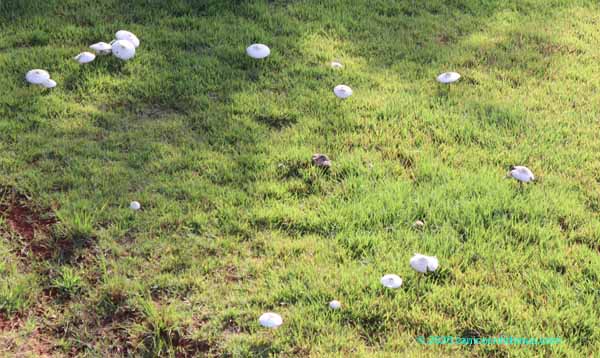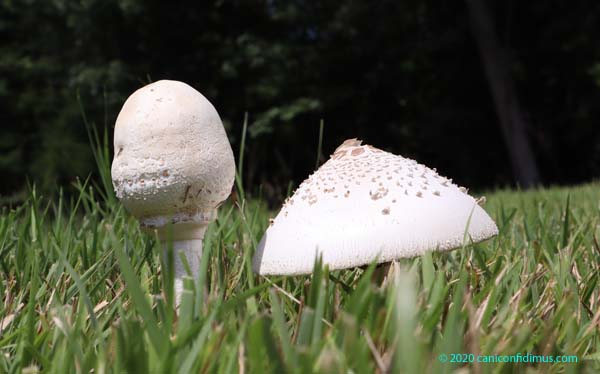As both of my long-time readers know, I take my dogs for a walk down Fouche Gap Road almost every day. As I walked along the road one day in September, while it was still summer, I felt transported to my summertime youth. This was a typical walk down a typical country road on a typical summer day. Listen to the cicadas; this is the sound of summer as I remember it. These are annual cicadas rather than the more famous periodic cicadas.
For some reason I have not been able to insert the video the way I normally do, so I have to insert a link here. Click on the link, then, when you are finished, hit the “back” button on your browser.
http://www.caniconfidimus.com/wp-content/uploads/2023/11/summer.mp4
Not that many days later I took the dogs for another walk, and this time the sounds were different.
http://www.caniconfidimus.com/wp-content/uploads/2023/11/fall.mp4
If you listen carefully, you can hear acorns falling out of the trees. You may also hear a pileated woodpecker in the background. Of course every time I started recording, it seemed like the acorns stopped falling, and when I stopped recording, they started falling again. Shy oak trees, I guess.
We have lots of oaks on the mountain, and this year was a particularly good one for acorns, a mast year. They accumulated almost in drifts at the side of the road.

Zoe likes acorns, but she can’t figure out what to do with them once she picks them up.
